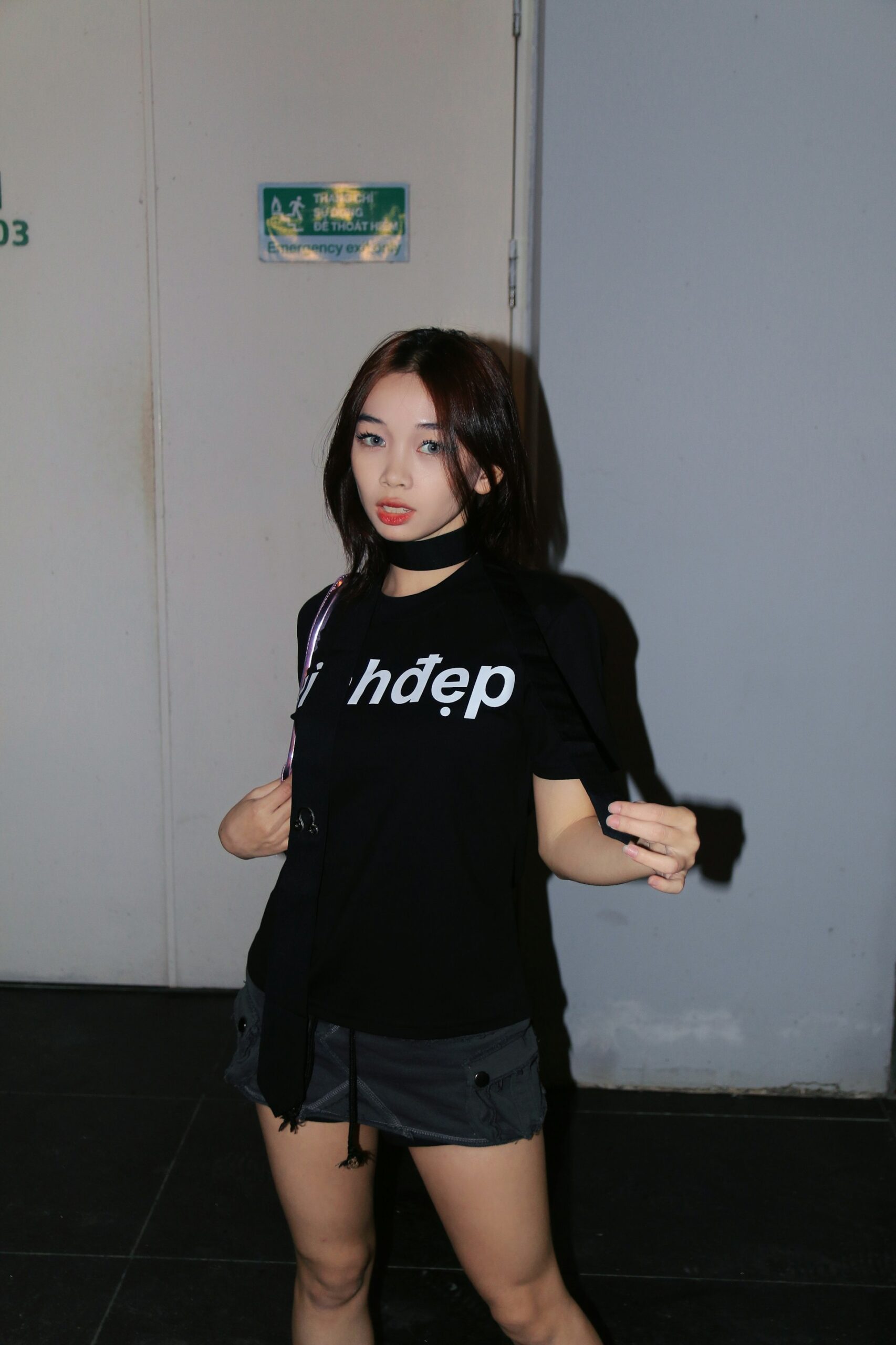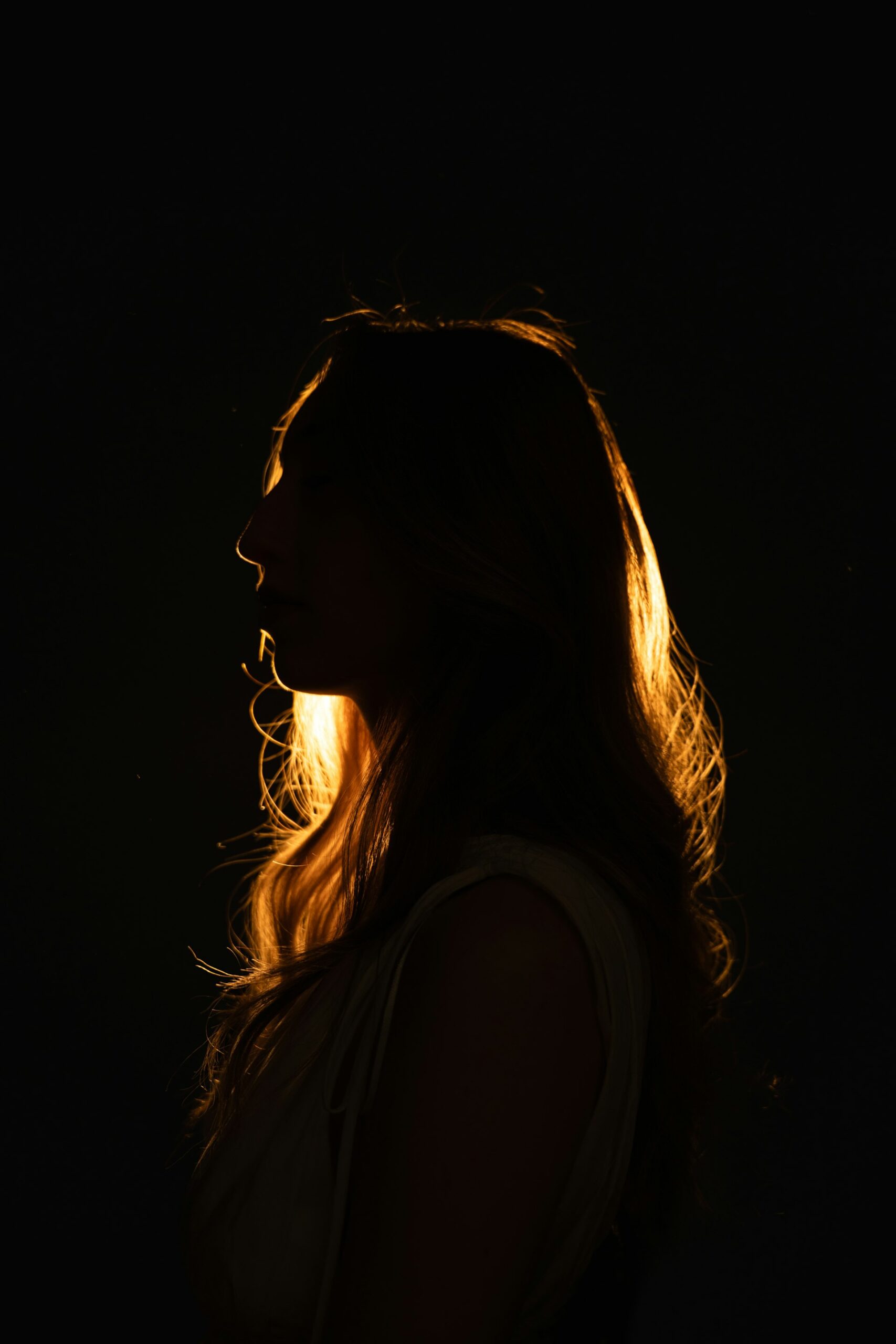Biophilic Fashion Design: Transforming Style with Nature-Inspired Innovation

Photo by David Clode on Unsplash
What Is Biophilic Fashion Design?
Biophilic fashion design represents a transformative approach to clothing, drawing direct inspiration from nature’s forms, functions, and sustainable systems. Rather than simply mimicking natural patterns, true biophilic design in fashion uses nature as a blueprint for both aesthetics and function. Designers are increasingly looking to nature not only for visual motifs but also for the processes and closed-loop systems that support life, aiming to create apparel that is visually appealing, functional, and environmentally regenerative [1] .
Core Principles of Biophilic Fashion
At its core, biophilic fashion integrates three main elements:
- Nature-Inspired Aesthetics : Patterns, colors, and silhouettes that echo the natural world, from botanical prints to organic forms.
- Functional Biomimicry : Garments that adapt or respond to the environment, inspired by natural systems-such as breathable fabrics that mimic plant transpiration or fastenings modeled after gecko feet [1] .
- Sustainable Material Choices : Use of renewable, regenerative, or recycled materials, aiming for minimal environmental impact and a positive effect on ecosystems.
How Nature Inspires Fashion Innovation
Designers study biomimicry -the emulation of nature’s time-tested patterns-to solve practical challenges in apparel. For example, some innovative textiles and construction techniques are inspired by the way desert plants store water or how bird wings enable optimal movement. This results in clothing that adapts to temperature, wicks moisture efficiently, or even changes color according to environmental conditions [1] .
Accessories and jewelry often incorporate natural materials like cork, wood, or botanicals. Even minimalist designs, such as line-art featuring leaves, serve as wearable reminders of our connection to the living world [2] .
Mental Wellbeing and the Biophilic Effect
Research supports that exposure to nature, even through indirect means like fashion, can have tangible mental health benefits. Wearing nature-inspired designs or accessories can elevate mood, reduce stress, and spark creativity [2] . This connection is part of the broader biophilia hypothesis, which posits that humans have an innate need to connect with the natural world. Even a touch of greenery-such as a plant-themed print or botanical jewelry-can reinforce this connection in daily life.
Step-by-Step Guidance to Adopt Biophilic Fashion
- Start with Prints and Patterns: Seek out clothing featuring botanical, animal, or abstract organic motifs. These are widely available from both established and emerging designers. Consider searching online marketplaces for “nature-inspired clothing” or “botanical print fashion.”
- Choose Sustainable Materials: Opt for garments made from organic cotton, linen, hemp, bamboo, or recycled fibers. Many brands now openly state their sourcing and manufacturing practices. For guidance, look for certifications like GOTS (Global Organic Textile Standard) or OEKO-TEX, and search for “sustainable fashion brands” in your region.
- Explore Functional Innovations: Look for adaptive or smart textiles, such as moisture-wicking, temperature-responsive, or odor-resistant materials. These often incorporate principles from biomimicry and are increasingly featured in activewear and outdoor brands.
- Accessorize Naturally: Incorporate wood, cork, or natural fiber accessories. Handcrafted items from platforms like Etsy often showcase unique, nature-inspired pieces. You may also find local artisans at craft fairs or eco-focused boutiques.
- Engage in Upcycling and DIY: Repurpose old garments using fabric paints, embroidery, or natural dye techniques to create your own biophilic designs. Many online tutorials demonstrate how to use leaves or flowers in eco-printing or natural dye projects.
- Support Local and Small-Scale Designers: Many independent brands and makers focus on biophilic fashion. Search for “nature-inspired designers” or “biophilic fashion” on reputable directories or social media platforms to find unique pieces and support sustainable businesses [2] .
Real-World Examples and Case Studies
Recent years have seen the rise of brands and collections that embody biophilic principles. For instance, designers are collaborating with scientists to develop fabrics inspired by plant structures or animal adaptations. While mainstream fashion houses occasionally launch nature-themed collections, the most innovative work often comes from startups and independent creators who prioritize both environmental impact and creative expression [1] .
On platforms like Etsy, you’ll find small brands crafting jewelry from real pressed flowers or handbags from cork, showcasing the diversity and accessibility of biophilic style [2] . Bohemian and eco-conscious communities have also popularized macramé accessories made from cotton, linen, or hemp. These approaches not only celebrate nature but also support ethical production and local economies.
Challenges and Solutions
Despite its promise, adopting biophilic fashion comes with challenges. Sourcing truly sustainable materials may involve higher costs or limited availability, especially in certain regions. To address this, consider:
- Starting with Small Changes: Begin with accessories or single pieces rather than overhauling your entire wardrobe.
- Prioritizing Longevity: Choose versatile, durable items to minimize waste and maximize value.
- Researching Brands: Use resources like environmental certification databases or consumer advocacy groups to verify sustainability claims.
- DIY Approaches: Upcycling or handcrafting items at home can be a cost-effective and personalized entry point.
Another challenge is the prevalence of “greenwashing,” where brands exaggerate their commitment to sustainability. To navigate this, look for transparency in sourcing, manufacturing, and labor practices. When in doubt, seek third-party certifications or consult reputable environmental organizations for guidance.
Alternative Approaches to Biophilic Fashion
Beyond clothing, biophilic principles can be applied through:
- Home Décor: Integrating plant motifs, natural textures, or living greenery into your surroundings to reinforce the biophilic effect [2] .
- Body Art: Nature-inspired tattoos or temporary body art can serve as lasting reminders of one’s connection to the natural world.
- Community Engagement: Participating in local environmental initiatives or sustainable fashion workshops can deepen your understanding and practice of biophilic design.
How to Access Biophilic Fashion Opportunities and Resources
If you are interested in integrating biophilic design into your personal style or creative work, you can:
- Attend sustainable fashion events or pop-up markets, which often feature nature-inspired designers and workshops.
- Explore online platforms and directories dedicated to sustainable and biophilic fashion. Search for terms like “biophilic clothing brands” or “nature-inspired accessories.”
- Consult environmental organizations or professional associations for directories of certified sustainable brands.
- Reach out to local artisans, fashion collectives, or educational institutions that offer training and resources in sustainable design.
- For professional designers, consider enrolling in courses or workshops on biomimicry and sustainable fashion through established universities or industry organizations.
While there is no single official portal for all biophilic fashion opportunities, using the above strategies will help you identify reputable sources, products, and educational resources. Always verify brand claims through third-party certifications or consumer advocacy groups before making a purchase.
Key Takeaways
Biophilic fashion design is more than a trend-it is a holistic movement integrating nature’s wisdom into every aspect of clothing, from aesthetics to function and sustainability. By making mindful choices, supporting innovative designers, and staying informed, anyone can participate in this positive shift toward regenerative, nature-connected style.

Photo by Dynamic Wang on Unsplash



